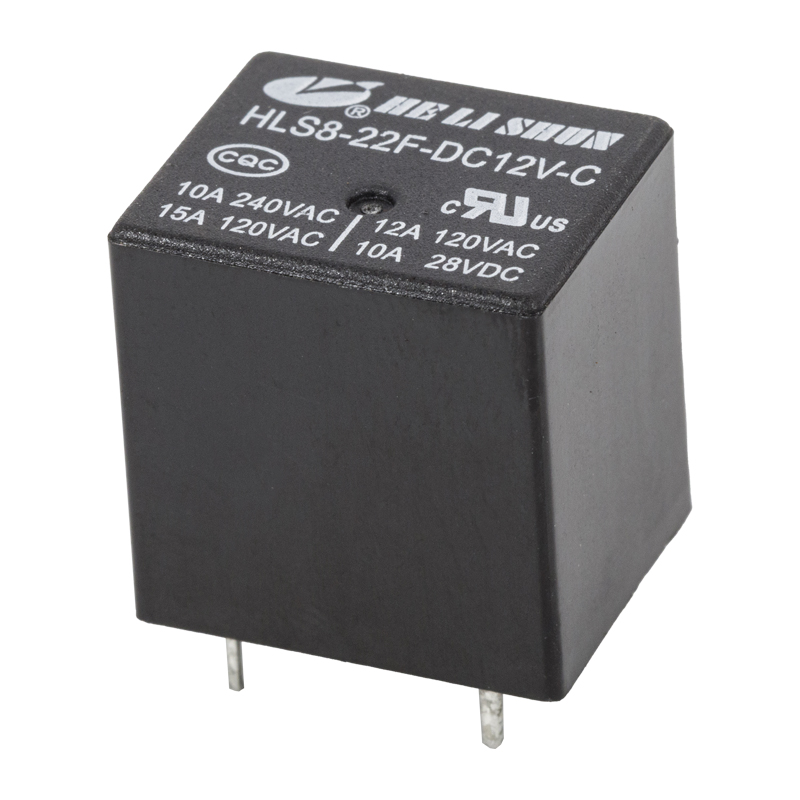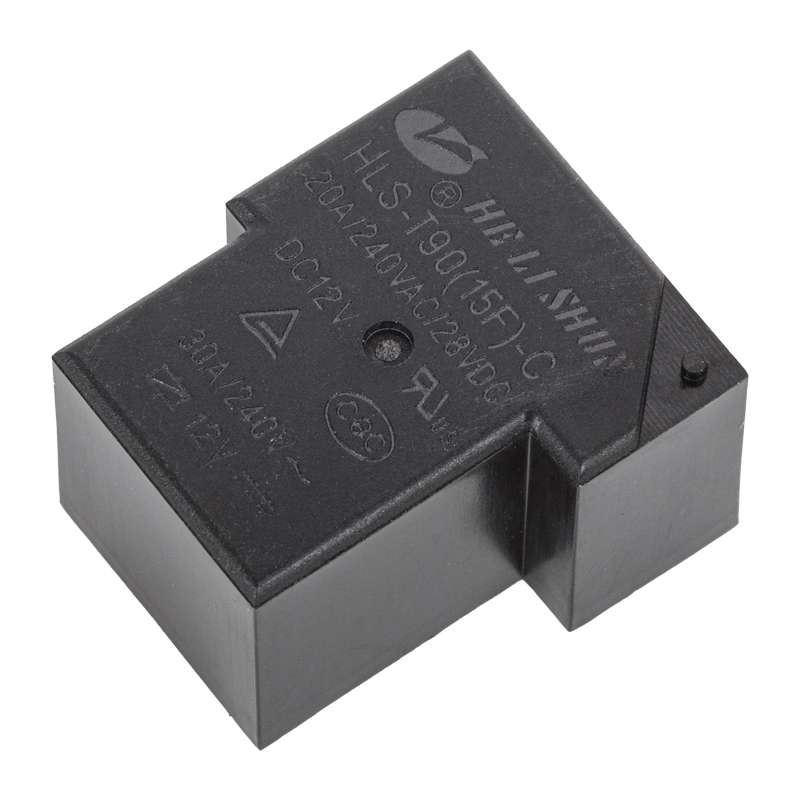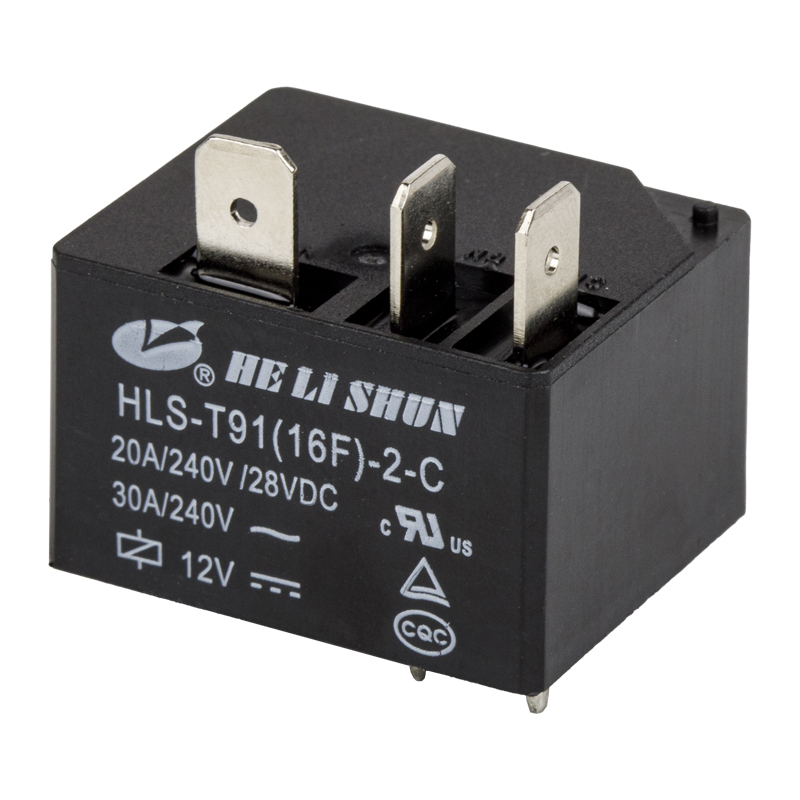The wear resistance of silver alloys used in automotive relays depends largely on their compositional design. By accurately proportioning various metal elements, silver can be significantly improved in hardness and wear resistance while maintaining its high electrical conductivity. The addition of nickel enhances the alloy's hardness and corrosion resistance, while copper helps improve the overall mechanical strength and electrical conductivity. This composition optimization enables the silver alloy contacts to resist thermal stress caused by friction and arcing during frequent contact and separation, reducing wear marks and surface roughness, thereby extending service life.
In order to further improve the wear resistance of silver alloy contacts, manufacturers often use surface treatment technologies, such as plating, carburizing or nitriding. These technologies can form a protective layer on the contact surface to prevent direct wear and oxidation, while improving the hardness and lubricity of the material. For example, plating a thin layer of rhodium or gold can not only enhance wear resistance, but also improve the contact performance and corrosion resistance of the contacts.
In relay design, contact pressure is a key factor, which directly affects the contact resistance, thermal stability and wear resistance of the contacts. Appropriate contact pressure can ensure that the contacts form good electrical contact when closed, reducing arc and heat generation, while avoiding excessive pressure that causes excessive wear of the contact material. Therefore, designers will precisely adjust the contact pressure based on specific application scenarios and expected life to achieve the best balance between wear and stability.
In automotive electrical systems, relays serve as control components and their reliability is crucial. The wear resistance of silver alloy contacts ensures that the relay can maintain a stable electrical connection during frequent switching, reducing poor contact or open circuit failures caused by contact wear, thus improving the reliability of the entire electrical system.
Because silver alloy contacts have excellent wear and corrosion resistance, they are able to withstand a large number of switching operations without significantly affecting performance. This means automotive relays can remain operating efficiently for longer, reducing the maintenance costs and downtime associated with replacing relays.
The working environment of automotive relays is complex and changeable, including extreme temperatures, high humidity, vibration and electromagnetic interference. The excellent performance of silver alloy contacts enables them to adapt to these harsh conditions, ensuring that the relay can work stably under various working conditions. For example, in high-temperature environments, the high thermal conductivity of silver alloy helps to dissipate heat quickly and prevent contacts from overheating; in humid environments, its anti-corrosion properties can effectively prevent oxidation and corrosion of the contact surface.
Silver alloy contact materials in automotive relays exhibit excellent wear resistance, high reliability, long life and wide environmental adaptability in frequent switching applications. Together, these characteristics ensure the stable operation and efficient performance of the automotive electrical system.
Web Menu
Product Search
Exit Menu
news
Home / News / Industry News / For applications that require frequent switching, what is the wear resistance of the silver alloy contact material of automotive relays?
How Can We Help You ?
We reaffirm the high quality service of "high quality, low cost", "integrity builds character, dedication to create quality" as the company's pursuit!
+86-0574-88473018 Contact UsFor applications that require frequent switching, what is the wear resistance of the silver alloy contact material of automotive relays?
Posted by Admin | 18 Sep
PREV:How to ensure the safety and stability of the circuit when using relay sockets?
NEXT:How does the contact material of a telecom relay wear after long-term operation?
NEXT:How does the contact material of a telecom relay wear after long-term operation?
Related Products
-
 Hehuaqiao,Yunlong,Yinzhou District,Ningbo,Zhejiang
Hehuaqiao,Yunlong,Yinzhou District,Ningbo,Zhejiang
-
 Tel:+86-0574-88473018
Tel:+86-0574-88473018
+ 86-0574-88344018 -
 Fax:+86-574-88345918
Fax:+86-574-88345918
-
 E-mail: sales@helishun.com
E-mail: sales@helishun.com
sales2@helishun.com
About us
Ningbo Helishun Electron Co.,Ltd. is founded in 2000, located at Ningbo City, the Grand East port on the coastline of the East Sea. We are OEM/ODM Electromagnetic Relays Manufacturers in China
Extra links
QR code
Copyright ? Ningbo Helishun Electron Co.,Ltd. All Rights Reserved. Electrical Relays Suppliers




 English
English 中文简体
中文简体











